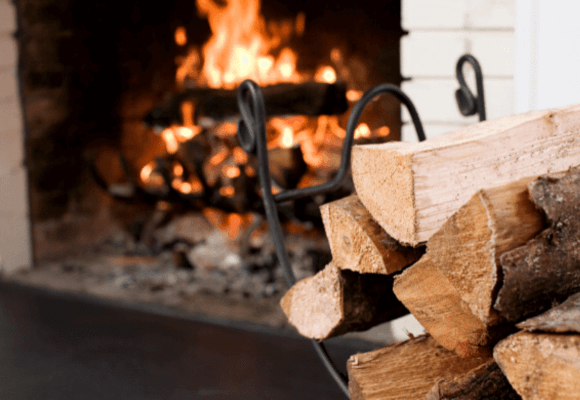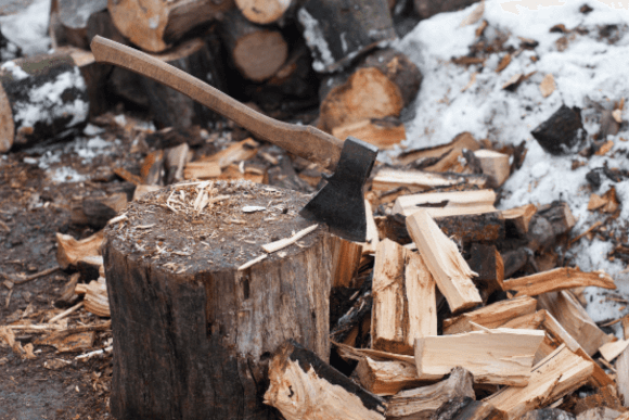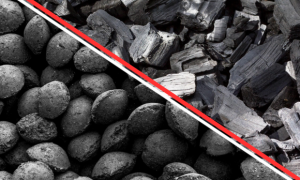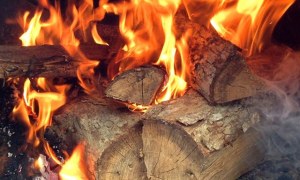Maple is a good choice for cooking food, whether you’re grilling or hot smoking. Maple is a popular choice among the pitmasters for smoking meat because it provides a mild, slightly sweet smoke flavor, making it suitable for a wide range of foods. Unlike the intense profiles of hickory or mesquite, maple offers a whisper of sweetness that can transform the taste of meats, cheeses, and vegetables into standout recipe. Even a little maple use will go a long way for flavor.
If you have some maple wood, maybe from a tree you cut down or got in some other way, and you’re curious about using it for smoking food, this is the right place for you. Whether you’re a seasoned pro behind the smoker or just firing up your first batch of ribs, understanding how to work with maple wood can seriously elevate your barbecue.
Types Of Maple Wood For Smoking
When it comes to smoking foods, not all types of maple wood are commonly used or recommended. There are more than 8 different varieties of maple tree wood. The most suitable types of maple for smoking are those that provide a good balance of flavor and heat without overwhelming the food. Here are the varieties that are the best options and are preferred for smoking:
Sugar Maple
This maple variety is also known as hard maple or rock maple. Being one of the denser types of maple, sugar maple burns slowly and consistently, making it a great choice for longer smoking sessions. When it burns it produces a mild, slightly sweet smoke that is ideal for smoking a variety of foods, including pork, poultry, and cheese.
Red Maple
This red maple is softer than sugar maple, but still quite strong. Most of the properties match with sugar maple, While it burns a bit faster than sugar maple due to its slightly softer wood, red maple is still a good choice for smoking, especially for those who prefer a lighter smoke flavor.
Silver Maple
Silver maple is softer and burns quicker than sugar and red maples, making it suitable for shorter smoking sessions or for foods that require a gentle smoke flavor. The smoking profile of this maple is similar to other varieties, producing a lighter, milder smoke with a subtle sweetness.
For those looking to experiment with flavors, maple can be mixed with other types of wood. Combining maple with a stronger wood like hickory or oak can introduce more complex flavors to the smoked food.

When starting a fire, some maple can produce billowy white smoke for a while, which after a few minutes settles down to a thin blue smoke. This is not a problem; it is the nature of the wood and does not generate creosote into your smoker.
Selecting Maple Wood for Smoking:
Selecting the right maple wood for smoking is crucial for achieving the desired flavor and quality of your smoked foods. There I try to provide you with each thing which helps you to pick the right one for your cooking.
Wood Form
Due to the popular use of maple wood, it is available in almost every form. Wood chips, chucks, logs for offset smoker, and even pellets are available.
Its wood chucks are the best for longer smoking sessions. They burn slower and provide a steady smoke, which make it suitable for larger cuts of meat such as brisket.
This makes it easy to select the size of wood for smoking that you consider suitable for your smoker.
Seasoning
Seasoning plays a crucial role when burning wood for smoking. Whether you’ve freshly cut the wood or collected it from a fallen tree, it’s essential to dry it out before using it for smoking. Cut the wood into manageable pieces, typically the size you’ll use for smoking. Stack the wood in a way that allows air to circulate around each piece; this method helps in seasoning them. Seasoned wood produces the right amount of smoke for flavoring without overwhelming the food.
If you’re picking up a cord of maple wood from a local store, you need to ensure it’s seasoned, but be aware that it might come at a pretty high price. However, it works great as an addition for smoking.
Source
Choose wood from a reputable supplier to ensure it’s suitable for smoking and avoid wood hasn’t been treated with chemicals, moldy or pesticides and even if you have scrap of furniture, backyard items also avoid them because it might be treated with chemicals. This is especially important for health reasons and to avoid contaminating your food with harmful substances.
Purchasing locally not only supports local businesses but also gives you the chance to inquire about the wood’s origin, type, and seasoning process.



Leave a comment